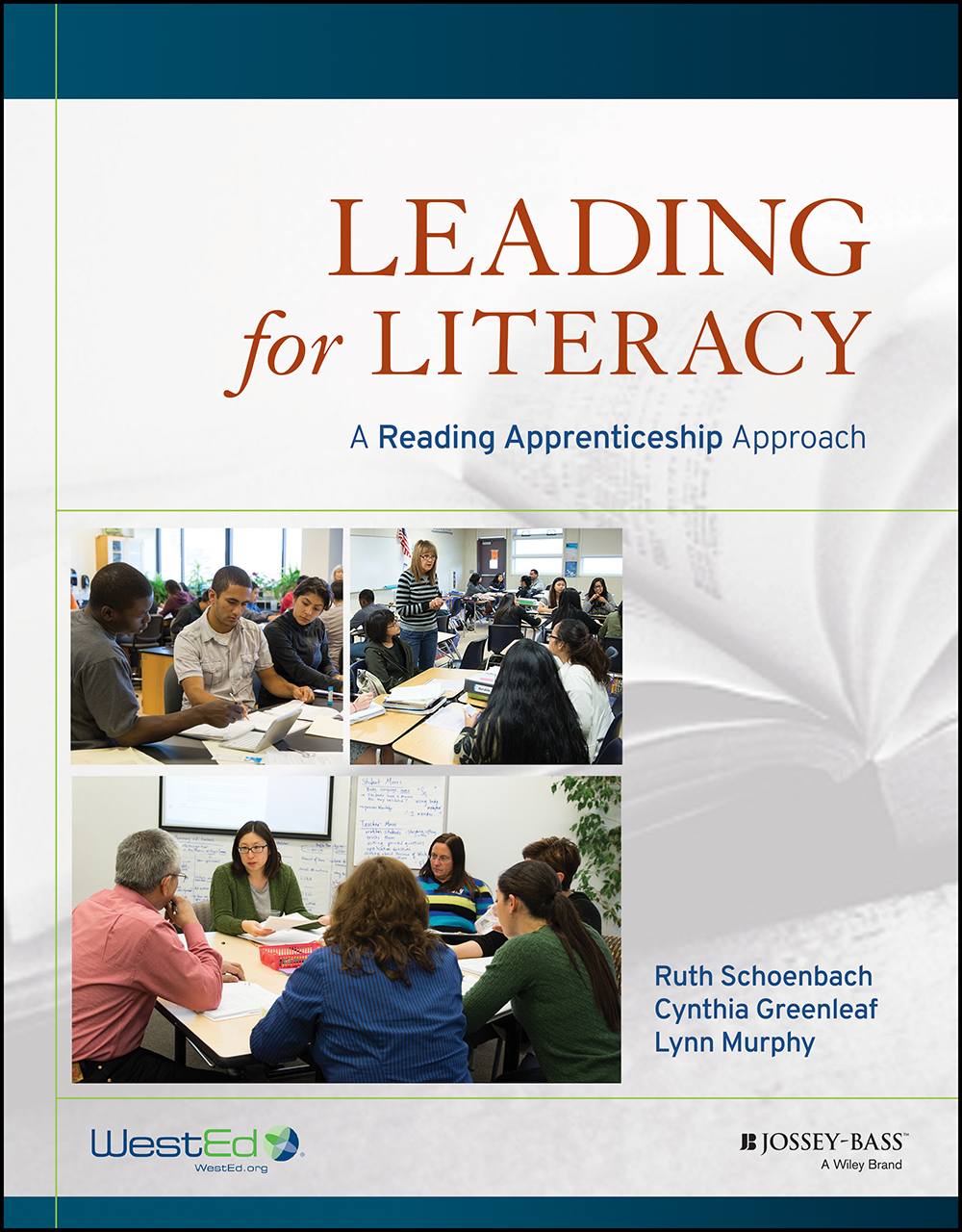Q&A with Heather Howlett, Developer of First All-Online Reading Apprenticeship Intro Courses
Posted on

We are excited to announce that the first ever all-online Reading Apprenticeship courses, Reading Apprenticeship Introduction Online, are now open for registration! The courses are for middle and high school teachers of all content areas.
The first 6-week course launches in September 2017, and the second, which builds on the first, begins in November. In both, we have distilled some of the key ideas that have made Reading Apprenticeship a powerful approach to disciplinary literacy over the past 20 years.
I interviewed the lead designer of this course, Heather Howlett, to get her thoughts on the significance and potential of this new offering.
– Ruth Schoenbach, Co-Director, Strategic Literacy Initiative
Q: Heather, you’ve been creating professional learning online since designing and managing the iRAISE (Internet-Based Reading Apprenticeship Improving Science Education) online course for high school science teachers in 2013. What are some of the things you’ve learned about what works well in online learning and what kind of barriers exist in this learning space?
Most online learning is taken by a single person, alone. We’ve structured all of our online learning to be collaborative in nature. This requires participants to be self-starters (i.e., independent), but also very interested in learning from others.
One barrier to this learning method might be that some people expect to be doing this work independently. We ask our participants to learn with each other, as colleagues, because we consistently hear from teachers that they get so much more out of professional learning when they can learn from and support each other.
Q: What are you hoping teachers will take away from participating in Reading Apprenticeship Introduction Online after spending 2 hours a week for 6 weeks?
This first course will provide an introduction to the Reading Apprenticeship framework, focusing on building student motivation and collaboration in working with content area texts. The emphasis is on participants practicing Reading Apprenticeship routines in their classroom and sharing challenges and successes with their colleagues in the course.
Q: What do you think is the “value add” of the 2nd course in the series?
The second course also emphasizes practicing Reading Apprenticeship routines in the classroom. It is designed to build on and deepen the implementation of the Reading Apprenticeship framework established in the first course. We also dig into monitoring student growth with metacognitive routines (activities that help students “make their thinking visible”), which is not something our other introductory trainings offer.
Q: What is different about these courses compared to other online professional learning opportunities?
Course activities include professional reading, viewing classroom video, posting to online discussions, and trying out Reading Apprenticeship routines in their classroom. Participants must have access to a classroom where they can practice with students what they are learning each week over the six-week period of the course. These courses are all about immediate application of teaching practices. That isn’t something most people are used to when taking an online course.
Even though the structure of these courses is asynchronous (participants are not necessarily online at the same time), it relies on the participants being active in the online space and in their classrooms. The intended pattern of activities for each week is to read about a routine, watch a video clip of the routine in action, try it out in your own classroom, post your reflection about how it went, and reply to colleagues’ posts to learn from each other.
Again, that’s not something most people expect when they think of online professional learning. These aren’t the typical “sit and get” kind of courses.
Q: Obviously, in a 6-week course, we won’t be able to do a rigorous experimental study as we have with big federal grants. So, for you as a designer and facilitator, what will you be looking for to know whether teachers in the courses have gained useful knowledge and perspectives and skills from the courses?
Each week teachers will be posting their reflections regarding their classroom implementation of what they are learning. They will also be sharing classroom artifacts with each other. As we look at those materials and have conversations about what is working or not working for their students, I think we will see pretty clearly what teachers are taking away from this experience and how they are internalizing their new learning.
Q: How can educators sign up for Reading Apprenticeship professional learning?
They can go to the course descriptions and visit the sign-up page. We look forward to offering these new all-online courses.

